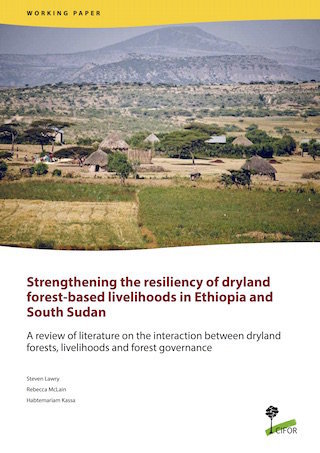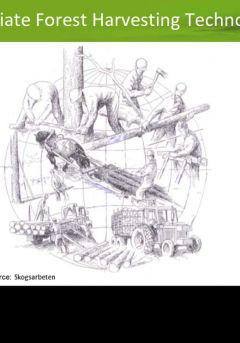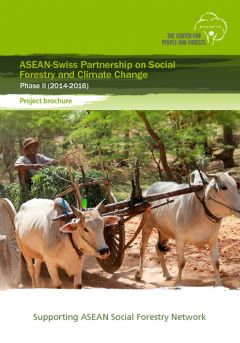Market assessment for Amhara and Oromia
This market assessment;undertaken in 2014;reviews the constraints faced by smallholder farmers in three sectors (rural land rental;access to finance and agriculture) that limit the positive impact of second level land certification in Amhara and Oromia. Furthermore;the assessment provides a list of feasible interventions to catalyse the economic impact of increased tenure security..This resource was published in the frame of the Land Investment for Transformation (LIFT) Programme.








